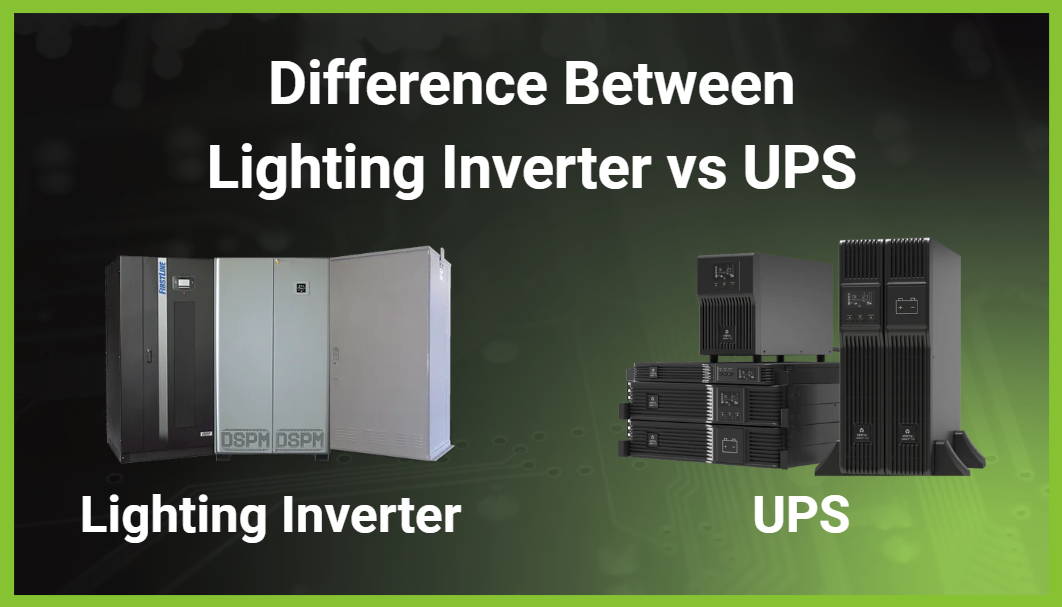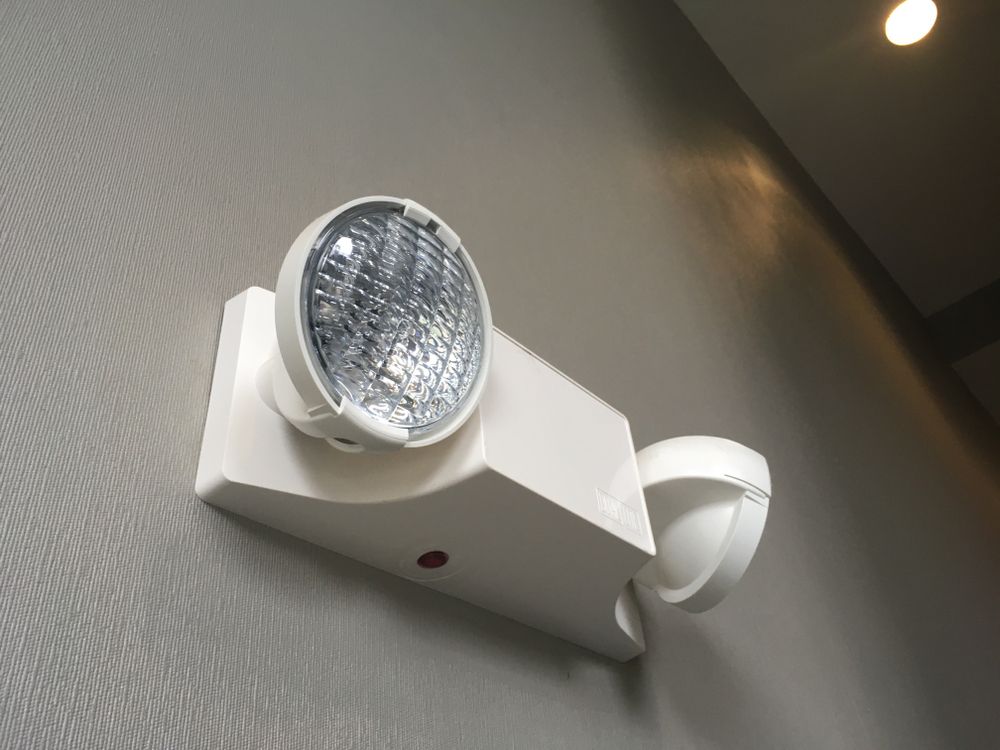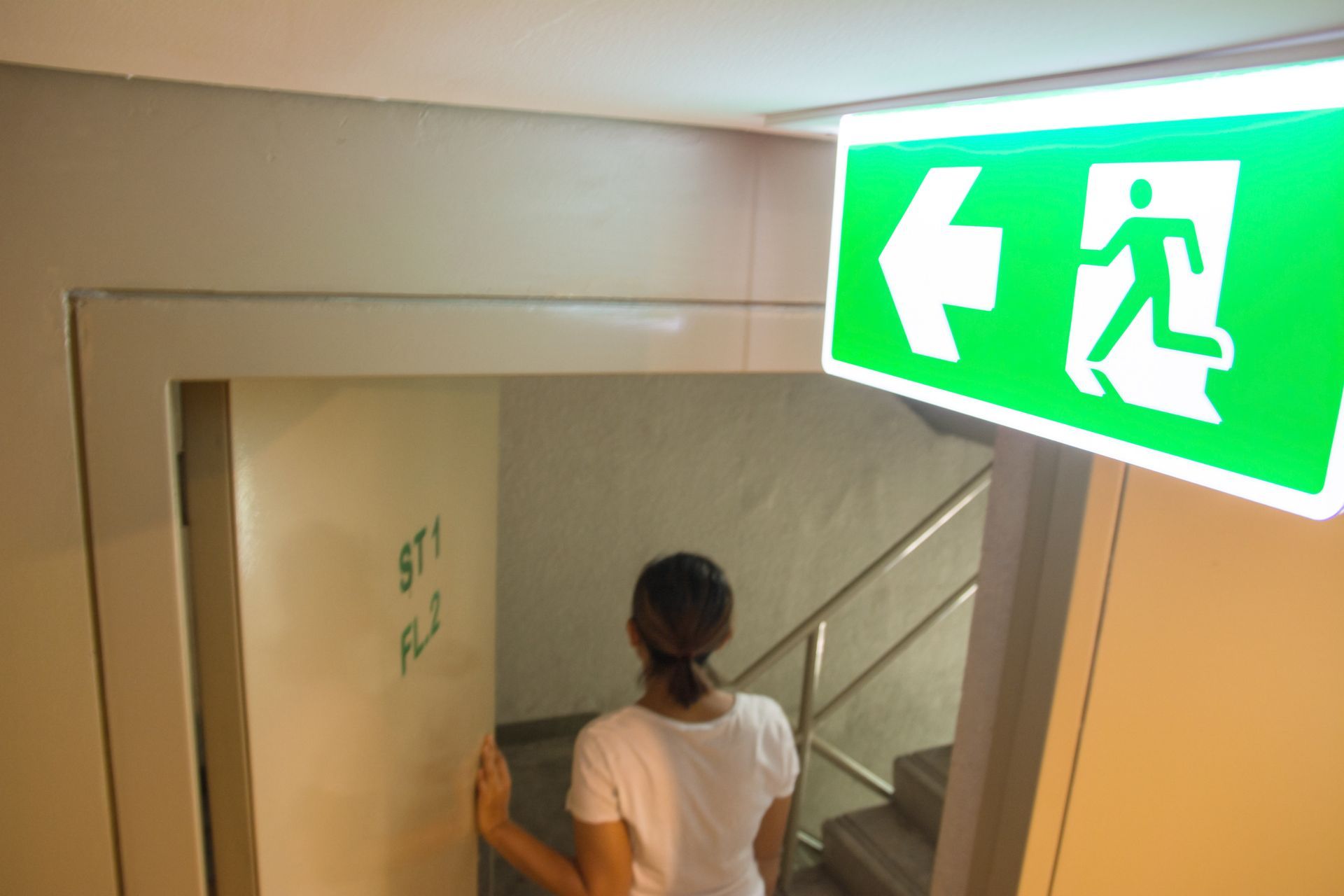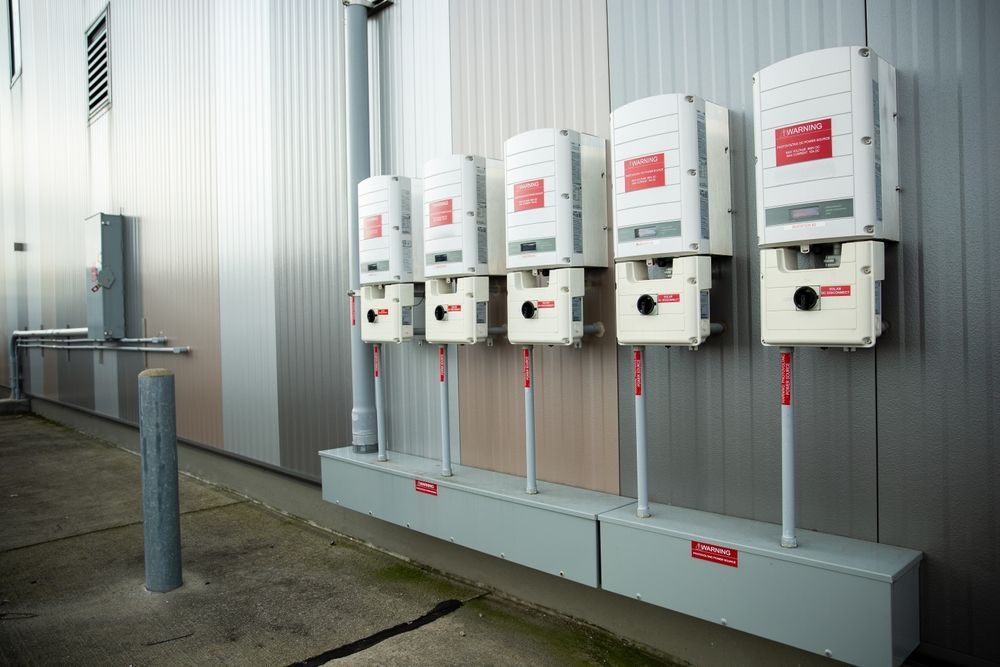The Difference Between a Lighting Inverter vs UPS
Share this article:

When it comes to
lighting inverters and UPS systems for lighting, clarifying the differences concerning need and application can be tricky, especially for beginners. While both provide the backup supply to your electrical systems, the main function of a UPS is to store electrical power supply, whereas an inverter’s function is to convert power into a usable form for your equipment and devices. However, as expected, that difference is only the beginning. There are many other distinguishing factors that will help you decide which device is best suited for your particular needs. Here, we will cover a basic understanding of both UPS systems and inverters, including both functions and applications. Read on to learn more from the experts at Lighting Inverter Supply.
First, What is UPS?
UPS stands for Uninterruptible Power Supply. UPS systems supply power in the event of an outage or fluctuation in available utility power. Some models can also come with voltage regulators to ensure constant, clean power is being delivered. Typically, UPS systems are more sophisticated devices with a wider rank of functions.
How Do UPS Systems Work?
Uninterruptible Power Supplies perform two vital functions.
The first is energy storage. Usually accomplished with batteries and a charge controller of some kind, this function allows UPS systems to continue delivering electric power, even when your service is interrupted.
The second function of a UPS system is to respond immediately during an outage. This function prevents the loss of information during outages and can save your equipment from damage caused by forced shutdowns. That seamless transition is one of the major benefits of such a system.
What is an Inverter?
As mentioned above, a
lighting inverter differs from a UPS system in that its sole purpose is power conversion. What does that mean? Inverters will usually receive power from a source of direct current (DC), like a battery or solar panel, and will then convert it to an alternating current (AC). Most appliances and electric devices can only use alternating current. See
Lighting inverter examples here.
How Do Lighting Inverters Work?
It is important to note that lighting inverters are only capable of converting power into a usable form. Because they cannot store of generate electricity independently, they must always be connected to a working power source. If the electric supply is interrupted, a lighting inverter will become just as useless as the rest of your equipment.
Inverters are also differentiated by the amount of power they are capable of handling. Referred to as a power rating, most residential inverters have a rating lower than 10kW while commercial and industrial inverters commonly exceed 100kW.
The Overlap Between Lighting Inverters and UPS Systems
Despite the differences between the two, UPS systems and lighting inverters do have both commonalities and overlap in their functions.
For instance, UPS systems often have inverters included within as one of their many internal components. As a result, UPS’s almost always perform power conversion in addition to further functions, such as the instant response and energy storage that lighting inverters typically lack.
As you may have expected, because of the additional functionality, UPS systems are generally more expensive than inverters with the same power rating. Which you choose will likely come down to what your facility has a need for and what you can afford.
Applications of Each Device
So, how can you choose the best device for your needs? Taking a closer look at which applications each type is best suited for may provide further insight.
When continuous power is a must, even during a
blackout, UPS units will be your top choice for optimal functionality. However, inverters may provide a more cost-effective option when paired with exterior power storage, such as a generator. It’s important to note that the latter may be a tolerable solution for equipment such as a lighting system, where a short delay is acceptable. However, applications where even a brief disconnection can be disastrous, such as a data center, will often require a UPS and the immediate response that comes with. Link to
Eaton UPS Systems.
In order to implement the benefits of both systems, a common solution is to use both inverters and UPS systems together. Typically, facilities will install a smaller, more cost-effective UPS system with a short-term capacity and a larger inverter system. The point of this set up is to allow the UPS system to provide enough time for the larger inverter to become operational and take over the load.
UPS System Applications
UPS systems are mainly connected to applications that can experience damage or data loss if there is a power outage or unstable power. They work well for data centers when your equipment and computing devices cannot go without electricity for a short time, as the UPS system monitors the input power and automatically can switch to backup battery power in milliseconds.
They also work with equipment that requires additional functions, such as transient electrical anomalies. Some UPS systems work continuously to provide stable power to devices, reduce electrical noise, and can offer sine wave output.
Lighting Inverter Applications
Lighting inverters are used for any system that requires stable AC power. These devices can monitor the input from multiple energy sources, such as several solar panel arrays, and ensure that the converted DC energy provides the appropriate AC electricity for connected devices.
Lighting inverters can provide backup battery power during outages to connected devices that will not experience data loss if there is a brief delay when switching from main power to auxiliary power. They can be used for various industries and work with a large range of devices including emergency lighting systems.
UPS and Lighting Inverter Difference
When talking about UPS and lighting inverter differences, keep in mind that each device provides different main functions. A central lighting inverter converts DC energy over to AC power whether that DC energy comes from the main power line, solar panels, or backup batteries. While a UPS unit can also convert DC battery power to AC power, its primary function is to provide emergency backup power to devices when there are outages or other electrical anomalies.
Another difference between these two devices involves energy storage. UPS systems come with their own backup batteries. Central lighting inverters do not, although they can be connected to external storage devices. An inverter also does not charge the batteries, unlike a UPS unit.
Factors to Consider When Choosing Between UPS and Lighting Inverter
Power Requirements
An inverter strictly converts DC power to AC energy. A UPS system can convert DC power to AC power and vice versa. Understanding the needs of your devices can allow you to choose between a UPS vs lighting inverter.
Budget Constraints
Due to the additional functions for a UPS unit, they are more expensive than a central inverter. An inverter has a simple circuit setup, making it more affordable and easier to install.
Space Constraints
Since inverters do not come with internal backup batteries, they can be placed anywhere. An inverter may be connected to each device, such as standalone lighting systems, or in a central location to power all of the emergency lighting systems at once. A UPS system will need enough space for its circuitry as well as its backup batteries.
Criticality of Loads
When there is heavy load demand, a UPS system comes with an automatic voltage regulator to provide a fixed voltage for all connected devices. An inverter does not come with a regulator, as the voltage can drop when there is higher load demand. On the other hand, an inverter can last longer than a UPS system when there is a power outage.
Maintenance Requirements
Inverters come with simple circuits and can be placed in a central location. This setup can cut down on maintenance time. A UPS system can come with more complex circuitry depending on the types of additional functions.
Lighting Inverter Supply: Your Single Source Lighting Inverter Provider
At
Lighting Inverter Supply, we are dedicated to helping you ace the selection process of your next inverter system. Our team is available for technical review of specifications, sizing assistance, voltage selection, and even runtime calculations.
If you are interested in better determining which lighting inverter, or UPS system, is best for your particular needs, we encourage you to
contact our team today. Whether you want to get a quote or simply a few ideas about your chosen equipment, we are here for you.
Connect with Us:
Request a Quote From a Product Specialist
Experienced Product Representatives are on hand to send you information and quotations for equipment. If you need help with sizing, installation planning, or general questions about product please fill in the appropriate form and someone will contact you shortly. You may also call 844-501-1887 to get a direct product representative.



